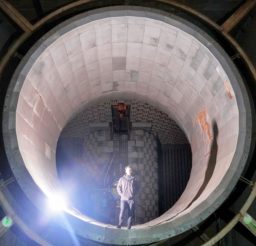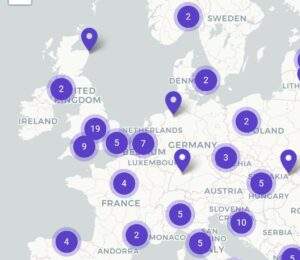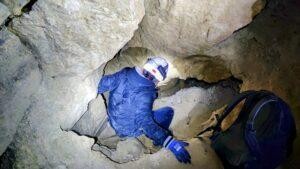Urbex Experiences: Safe & Legal Urban Exploration
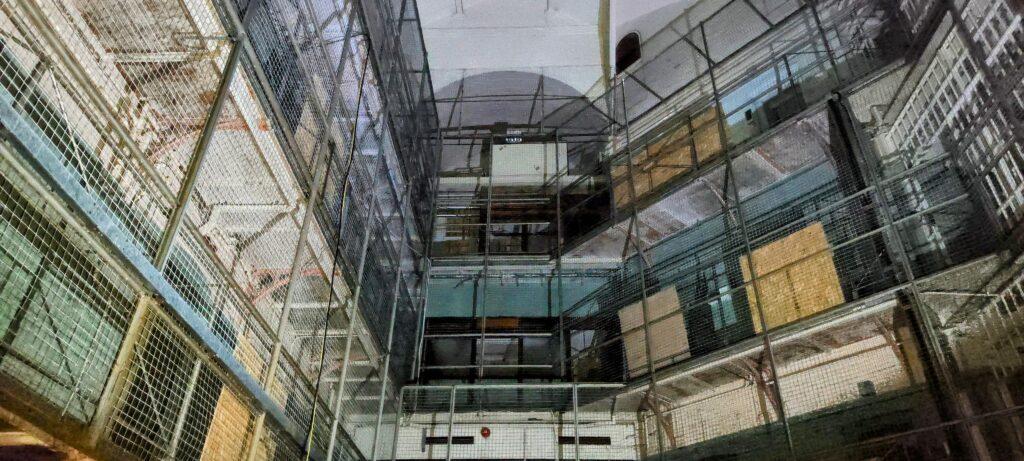
The ultimate guide to safe and legal Urban Exploration. If you’re looking for “legal Urbex sites” or “abandoned locations you can legally visit in the UK” then this guide is for you. Here’s how to explore “abandoned places” and get the “Urbex Experience” without breaking the law, and in a safe way.
Part of the thrill of Urban Exploring is being somewhere you “shouldn’t be,” seeing what lies out of the public view, and venturing into the unknown. As exciting as it may be to track down Urbex locations and sneak into abandoned sites, avoiding detection and discovering hidden locations for yourself, this isn’t an option for everyone. You may not be comfortable with the risks of urban exploration, but that doesn’t mean you can’t get a taste of Urbex! This sites are also a great way to dabble into Urban Exploration without jumping in at the deep end, or if you’re struggling to find abandoned locations to explore. If you’re looking for safe Urban Exploration, or easily accessible abandoned locations, read on!
Guided tours of abandoned locations can offer the chance to visit lost places that aren’t generally accessible to the public. These offer a healthy dose of dereliction and decay whilst in a safe and organised environment. These sites are also usually inaccessible for “general Urban Exploration,” being well secured.

- Hidden History Tours UK offer a range of tours in some great locations. The tours give a good historical background and take place accross the country, as well as being great value for money. “Tunnels, bunkers, dungeons, prisons, forts, shadow factories, air raid shelters, atomic bomb stores – Hidden History Tours invites you on a journey to uncover the hidden military, industrial and social history of the United Kingdom. Specialising in locations that are off the beaten track and off the record, underground (both physically and figuratively) and often top secret, Hidden History Tours will help you explore what lies beneath your feet, out of sight or hidden from hostile eyes. Join us in a world of shadows as we cast light on the sites, stories and secrets across the centuries…”
- London Transport Museum- Hidden London gives the chance to explore the hidden parts of the London Underground network, from abandoned Tube stations to behind-the-scenes and forgotten parts of opperation stations. Though these tours are expensive and often fill up fast, they make for a thrilling day out and the chance to discover unique places and their history. “Explore ‘forgotten’ parts of the Tube network and go behind the scenes at some of London’s busiest stations with our exclusive Hidden London tours – voted Best Hidden Gem in the World.”
- Herritage Open Days is a UK-wide event that happens in September each year. Many locations that are usually closed to the public offer the chance to sneak a view behind the scenes during the event- offering tours that are less rope barriers and information boards and more torches and hard hats. “Every September thousands of volunteers across England organise events to celebrate our fantastic history and culture. It’s your chance to see hidden places and try out new experiences – all of which are FREE to explore.”
Publically accessible Urbex Sites can be found on accessible land, without having to find a gap in the fence or dodge security cameras. There are some stunning derelict buildings that are viewable from this relatively safety.
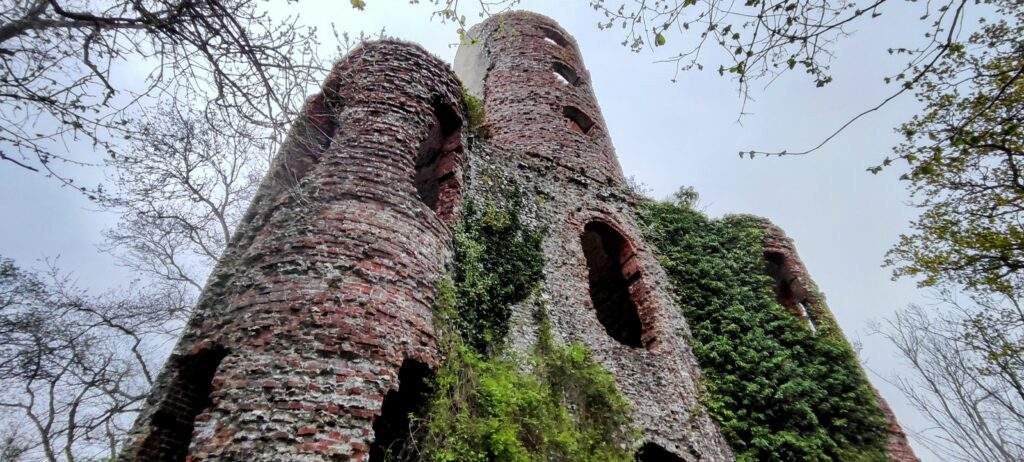

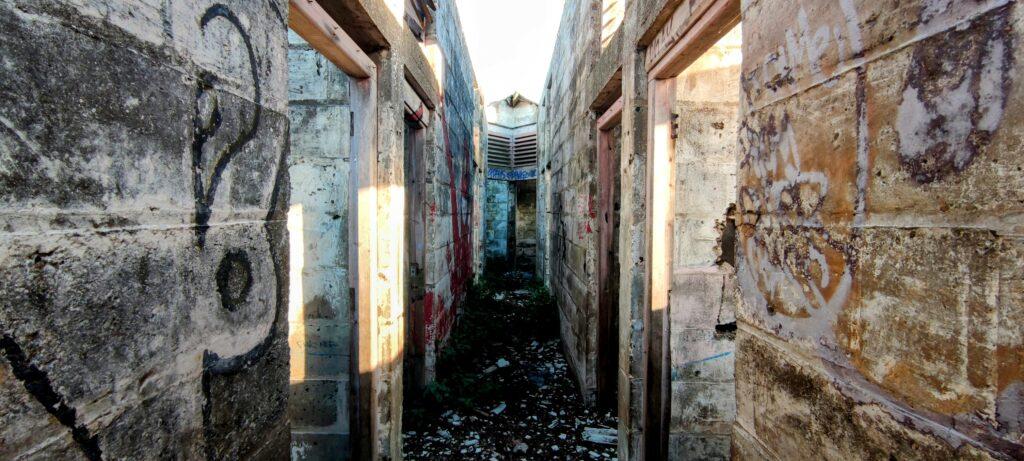
- Racton Ruin– Racton Ruin, also known as Racton Monument towers over a hill in the West Sussex countryside. The towering folly was built between 1766 and 1775 and commissioned by the 2nd Earl of Halifax, George Montagu-Dunk. With commanding views of the Solent and the Port of Emsworth, it is believed Montagu-Dunk built the grand structure so he could watch his merchant ships dock. Read more
- Brownes Folly– This folly was built in 1848 for Wade Browne, the lord of the manor of Monkton Farleigh. The tower sits at the highest point of this parish. His land included many vast Bath stone quarries, and it is thought that the construction of the tower was to show off the stone excavated from these. Read more.
- Sandwich Prison– During the First World War, a secret “Q” port was built on the banks of the River Stour in order to ferry troops and munitions across the channel. Camps were occupied by thousands of soldiers ready to cross to France and Flanders, as well as those working in the port. The site was originally built as a storage depot by the Royal Engineers in 1916. Read more.
- Other follies and ruins are likely to be similarly accessible. Plus, there’s always the option of viewing abandoned sites from the outside, and from behind any fences.
Some buildings that are open to the public offer some of the experiences, excitment and photo opportunities that Urban Exploring does. Granted they have more health and safety, lighting and barriers, but that certainly doesn’t take all the fun out of the experience. Below are some of our favorite tourist destinations that give you the chance to explore a tunnel, or an abandoned building.
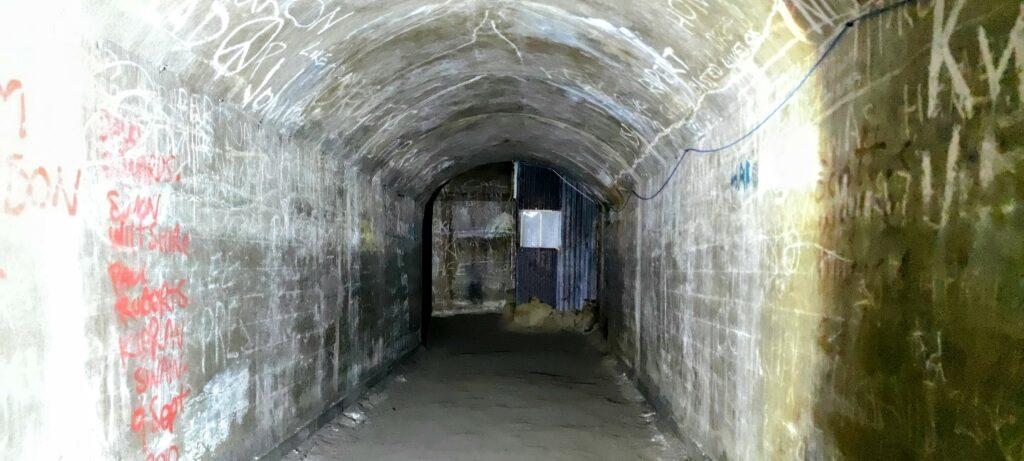

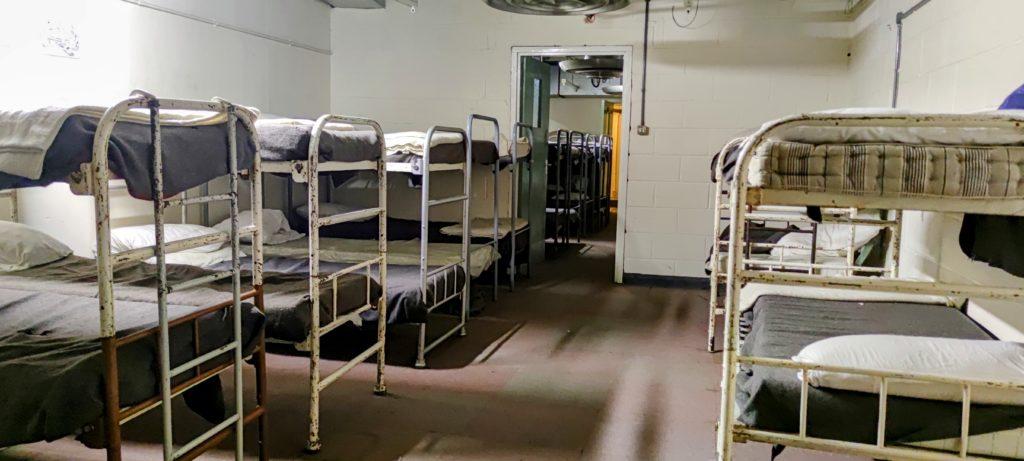
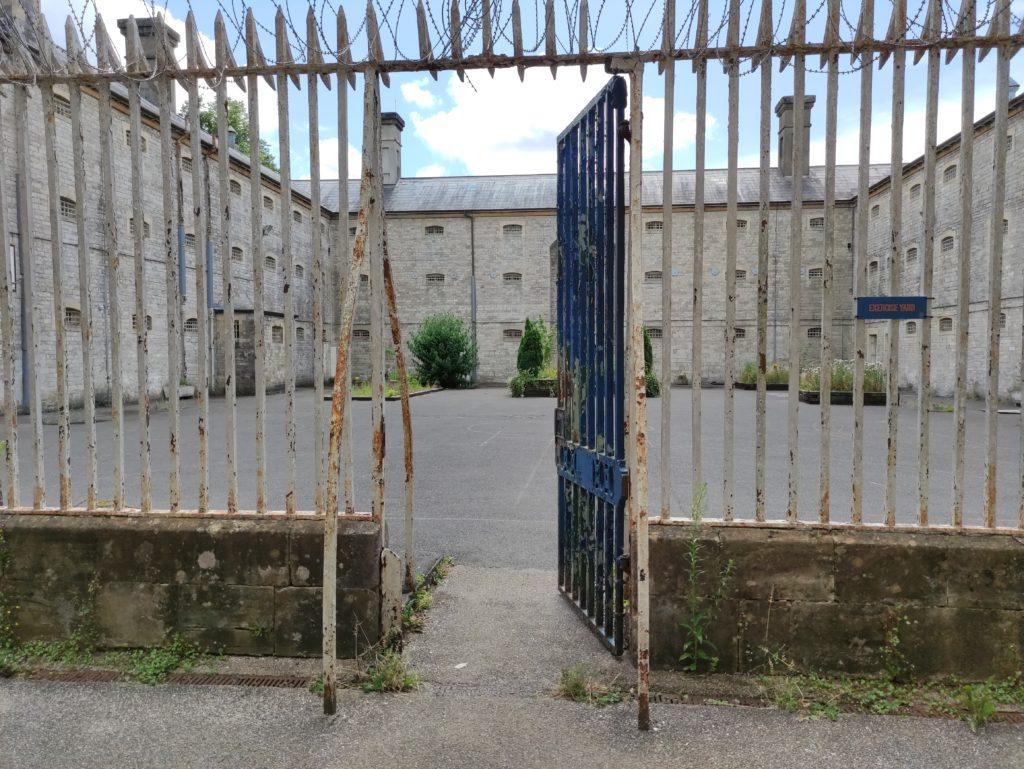

- Ramsgate Tunnels– Underneath Kent’s seaside town of Ramsgate is the UK’s largest network of civilian wartime tunnels. These were reopened in 2014 as a tourist attraction and to tell the history of the town. Entrance to t he Tunnels Tea shop as well as a selection of artefacts are free for visitors.There are two tours offered in the Ramsgate tunnels- the Deep Tunnel Shelter explorer and the Tunnel Town explorer. Read more
- Margate Caves– Hewed into the chalk rock are the little known caves under Margate. Originally a chalk quarry from the 17th and 18th centuries these mines had a number of different uses over the years. The walls are adorned with murals, some of which date back to the Georgian period. Read more.
- Kelvedon Hatch Nuclear Bunker- At the time of it’s construction in 1952 up until its decommissioning in 1992, the threat of a nuclear attack in the UK was very real. In the event of outbreak of nuclear war, this would have been the home of the UK government. The three level bunker could hold up to 600 people, with medical rooms, broadcasting capabilities and areas for different sections of government whose task would be to organise the survival of the population and the continuation of government operations. Read more.
- Shepton Mallet Prison– Located in Somerset, closed its doors in 2013. At this time it was the UK’s oldest operating prison. Before its closure it was a Category C lifer prison. Category C prisons are for those who are not trusted in open prisons but unlikely to escape. Since its closure Shepton Mallet has reopened as a tourist attraction and runs multiple tours a day with an ex-prison officer. The prison was also used to film prison scenes in both Paddington 2 and ITV’s drama Des. Read more.
- Dorchester Prison– In 1885 HM Prison Dorchester was built on the site of an older prison (1796-1880), which in turn was built on the site of a castle dating back to 1154. It was a standard Victorian design and consisted of two main wings radiating from a central hub with galleried landings, providing space for around 300 prisoners. Read more.
Join an Urbex Tour or Experience- though many of these are abroad, they can add some adventure to your holiday!
If you’ve got suggestions for somewhere that should be featured in this list- let us know in the comments below.
Last Updated on 22 October 2024 by Michael

